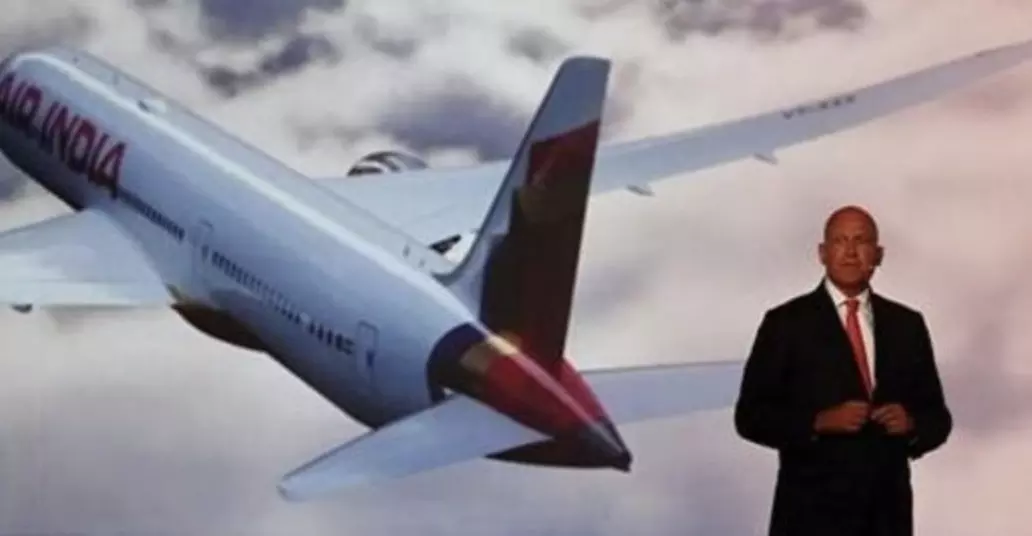Air India's transformation journey: A test match at lunch on day 3, says CEO Campbell Wilson
Air India's transformation journey: A test match at lunch on day 3, says CEO Campbell Wilson

When Campbell Wilson assumed leadership of the newly privatized Air India, he faced a daunting challenge: transforming a long-neglected and struggling airline into a world-class carrier. Today, Wilson asserts that much of the heavy lifting in Air India’s transformation is complete.
Speaking at a media briefing, Wilson likened the transformation to a "test match, not a T20," indicating that the airline is "at lunch on day three" of this ongoing process. Under Tata ownership, Air India has made significant strides, with a $70 billion order for 470 aircraft and the consolidation of four Tata group airlines into two distinct carriers—one full-service and one low-cost.
Wilson acknowledges that there is still much to be done to achieve their ultimate goals. However, he emphasized that the first phase focused on stabilizing an airline that was in "terminal decline and triage." The subsequent phase involved building the necessary capabilities, systems, and infrastructure for growth, and now Air India is firmly in its growth phase.
Under the Tata group, Air India has heavily invested in technology upgrades, fleet modernization, network development, product enhancement, and training infrastructure. The airline has also accelerated hiring across various verticals and successfully merged four airlines into two within a year.
The transformation efforts are starting to yield results. Air India has significantly reduced its losses and increased its revenue post-privatization. In 2023-24, the airline’s loss decreased by 60% to Rs 4,444 crore, while revenue grew by nearly 24% to Rs 38,812 crore.
Currently, the Air India group boasts a fleet of 300 aircraft, with plans to expand to 400 planes by 2027. In the past 18 months, the group has added 100 new aircraft, averaging one new aircraft every six days—a trend expected to continue for some time. Additionally, a $400 million fleet refit program is underway to revamp legacy aircraft, with the narrow-body upgrade expected to complete by mid-2025 and the wide-body refit starting early next year.
Air India now holds a 29% cumulative domestic market share, a significant increase from its government-ownership days. On metro-to-metro routes, the group's share is 55%, and on the top 120 domestic routes, it holds around 40%. This includes the expanded Air India, formed by merging Vistara and Air India, and the enlarged Air India Express, a combination of AIX Connect (formerly AirAsia India) and Air India Express.
Wilson is optimistic about the future of India's aviation sector, citing increasing affluence and the growing demand for air travel, which typically outpaces GDP growth. With India being the third-largest civil aviation market globally, growing at a 7% compounded annual growth rate, Wilson sees tremendous opportunities for Air India and other carriers in the region.
Air India's transformation journey, under the leadership of CEO Campbell Wilson and the Tata group, has made significant progress, with a solid foundation laid for future growth. The ambitious plans and substantial investments reflect a strong belief in the potential of India's burgeoning aviation market.
Is this conversation helpful so far?

